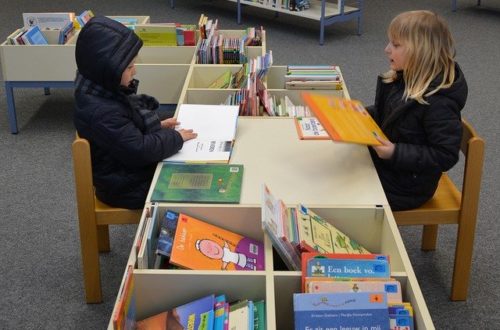
There are increasingly wonderful pieces now on the web about reading instruction. Each of them possess strong and thoughtful ideas about how to teach reading down to the tiny elements that make it work. This is an enormous improvement over the previous “mysterious and magical” way that teachers thought children learned to read. “Give the child an authentic text and she/he will automatically LEARN” was a dangerous and widely believed poison that harmed almost half of our children.
Now we know about all these elements that function as the critical pieces of learning to read. But most of the materials out there, while frequently citing the importance of fluency, do not have a systematic way of helping the learners to develop it. And without fluency children do not feel competent and skilled, and consequently continue to worry about their innate abilities. This despite the fact that “innate abilities” do not determine reading capacities. Our culture all too often measures “innate ability” i.e. intelligence, as the be-all and end-all of a person’s potential. But careful and well executed instruction and practice can change the picture immensely. Watch Elizabeth as she gains skill and confidence over a few weeks of practice.
https://youtu.be/OW5uqQAgBLM
All too frequently individuals handicap themselves if they cannot read, or read well, at an early age. And for struggling readers, the hallmark of reading skill is fluency. They see that other readers have fluency and despair that they cannot read that way. Moreover it has long been clear that fluency is the key to being able to fully process and understand what has been read. The laborious process of slow reading inhibits learning and sets the learner on a tragic journey. The difference is so important to the learner–and so clear to learner and his family and friends.
Fortunately there is a strong history that provides both exercises and metrics for building fluency in small steps. Using these tools will help students become the skilled and happy learners that they long to be. These tools have been used in multiple disciplines, but are most powerful in reading, where the consequences of dysfluent performance are so severe and soul damaging. And these tools can be used to examine learning in any dimension, including vowel sound identification. There is a strong tradition of active research and learning being done by the pioneers of extending phonics and phonemic awareness tools to fluency measures. Most notably Elizabeth Haughton, Michael Maloney and Jean Tucker have used insights gathered from their work with students to develop powerful direct instruction tools to transform the amount of time that it takes to change the picture for their students. And through their publications and training, many more teachers and students have access to these tools.
see
The overarching name of this approach is Precision Teaching. The simple tool is a remarkably powerful instrument for measuring learning moment by moment. Unlike other methods it is sensitive to mastery learning, and unpersuaded by small changes.For the past ten years the Fluency Factory has used a simplified version of Precision Teaching’s “Standard Celeration Chart.” Our simplified version is easier to read because it eliminates a great deal of unused space that is not needed for charting progress in typical scholastic subjects. Our chart harks back to earlier versions that were created for use in academic settings. Now there is an even simpler way to use the chart with your students, one that is especially useful with remote students. My brother Pete McManus has developed a simple Mac/PC app called PT Tracker that makes charting much simpler. Since you can easily display the PT Tracker chart to remote students, it makes the impact of Precision Teaching more immediate and helpful to online learners.
Check out the information at https://loco4learning.com and sign up to get tracking!



